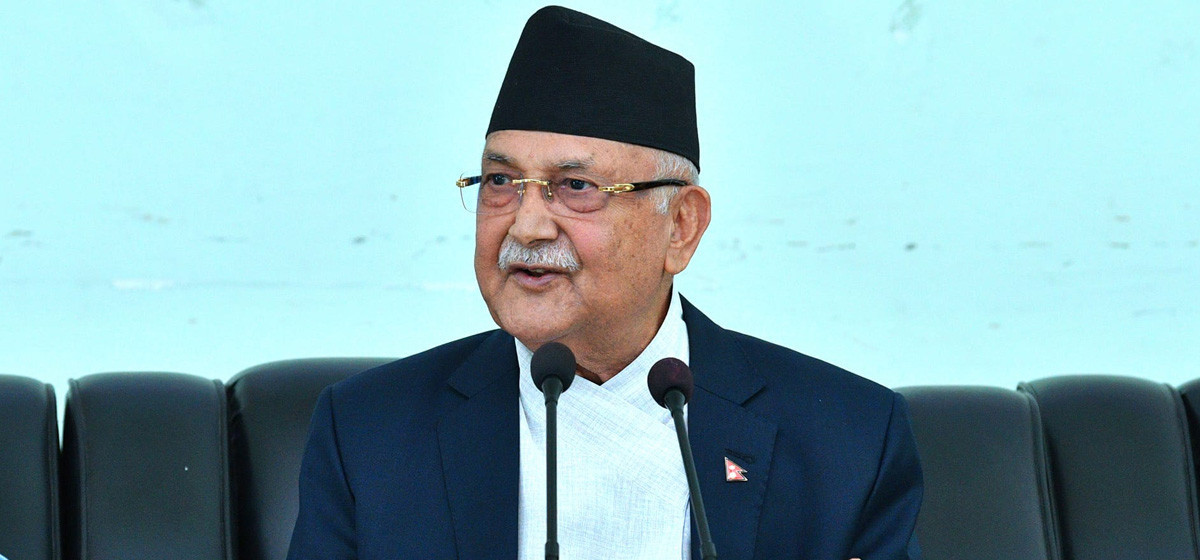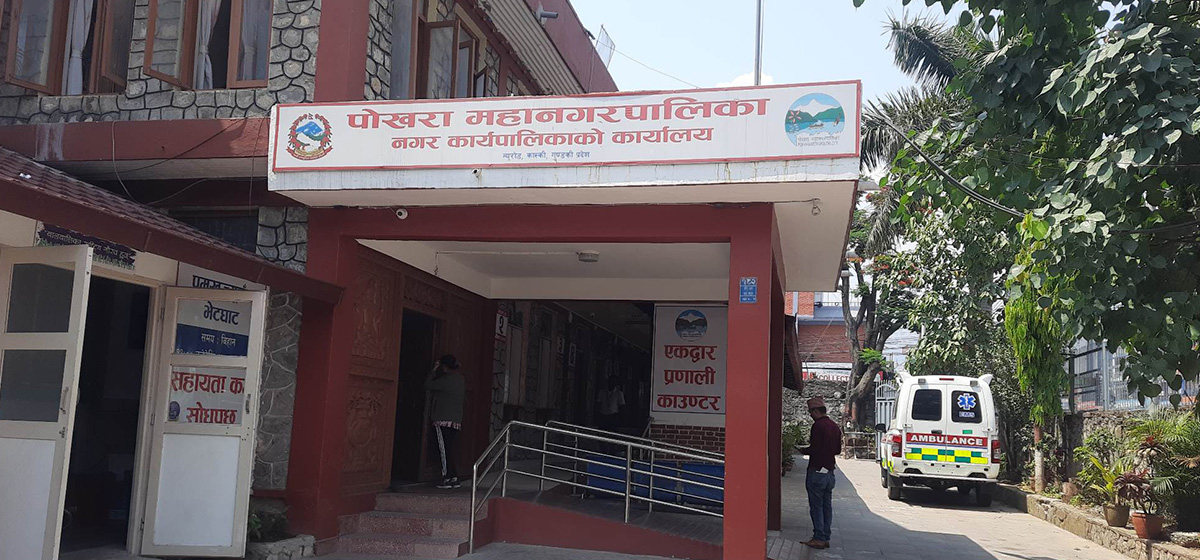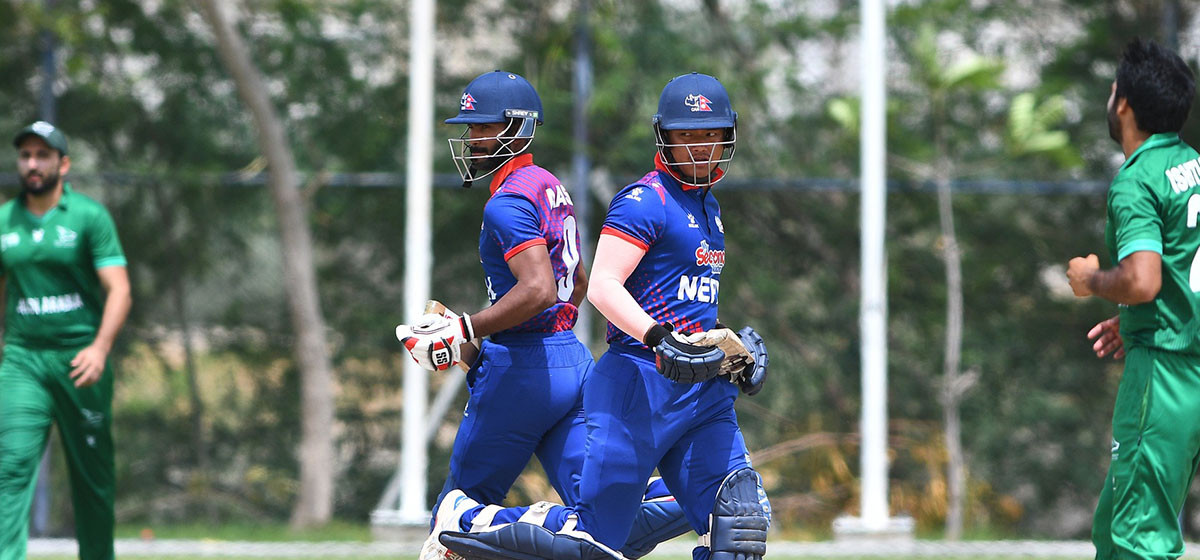
OR
NRB caps microfinance lending rates at 18 percent
Published On: January 12, 2017 12:10 AM NPT By: Republica | @RepublicaNepal
KATHMANDU, Jan 12: Microfinance institutions (MFIs) will not be allowed to charge borrowers more than 18 percent interest now onwards.
Issuing a new circular on Tuesday, the Nepal Rastra Bank (NRB) has capped the interest rate for microfinance institution in line with its policy introduced in the Monetary Policy for the Fiscal Year 2016/17.
The central bank took the decision following widespread complaints that MFIs were charging poor people exorbitant interest rates.
While the NRB, in its monetary policy, had said that it would require MFIs to maintain a maximum of 7 percent spread in excess to their cost of fund while charging interest on loans, it has allowed some flexibility in calculation of such spread.
The central bank has already fixed such interest spread for commercial banks. According to the requirement, commercial banks have to maintain 5 percent interest spread.
Interest spread refers to the difference between the interest rates that a financial institution charges on its loans and the interest rates that it provides on deposits.
The spread on the cost of fund of MFIs is likely to affect the profit and dividend of MFIs which have been making impressive profit and offering attractive dividends to their shareholders. According to the central bank officials, the NRB enforced such requirement to curb the practice of distributing high dividends by charging borrowers, who are often poor people in rural areas, exorbitant rates.
Even a committee formed by the Office of the Prime Minister and the Cabinet had recommended to the Ministry of Finance and the Nepal Rastra Bank (NRB) to control the excesses of MFIs in rural areas.
After the NRB announcement the new measure in its monetary policy, MFIs had urged the central bank to review the provision and allow them to calculate their administrative and operational cost in the spread instead of net spread between their cost and their charges on the fund. Unlike banks and financial institutions (BFIs), who largely rely on deposits for their investment and loans, MFIs get their funding from commercial banks, development banks and finance companies to finance their micro credits.
MFIs were said to be charging borrowers as high as 30 percent interest rates.
According to the new requirements, MFIs have to maintain 7 percent interest spread while being allowed to include up to four percentage points of administrative expenses on their cost. While doing so, their lending charge should not exceed 17 percent, according to the new circular. MFIs have to bring their interest spread to the new level by mid-July. The central bank has also warned that it would take action against MFIs failing to maintain such spread within the specified time.
Ramchandra Joshee, vice-president of Nepal Microfinance Bankers Association, told Republica that the calculation method for the spread will be a win-win situation for both MFIs and borrowers.
You May Like This

NRB caps penal interest on loans at 2 percent
KATHMANDU, Aug 2: Nepal Rastra Bank (NRB) has set a ceiling of 2 percent on penal interest that bank and... Read More...

NRB expands definition of 'tourism' for lending
KATHMANDU, May 1: Nepal Rastra Bank (NRB) has redefined the tourism sector to enable more areas under this category to get... Read More...

NRB governor cautions microfinance institutions against unhealthy competition
KATHMANDU, Sept 7: Nepal Rastra Bank (NRB) Governor Chiranjibi Nepal has cautioned microfinance institutions that the growing unhealthy competition was becoming... Read More...




Just In
- iPhone 14 Pro Max-shot Nepali film 'A Place Under the Sun' set for global OTT platform release
- Vitamin A being administered to children across Nepal
- Idols of Lord Ram and Sita consecrated at Nepali temple in Thailand
- Satdobato-Balkumari road section to be closed at night for several days
- NC objects Gandaki Province assembly call
- Eight Chinese citizens injured in Scorpio-microbus collision in Pokhara
- Former chief secretary Shakya passes away
- UML Chair Oli appeals vote for Nembang














Leave A Comment